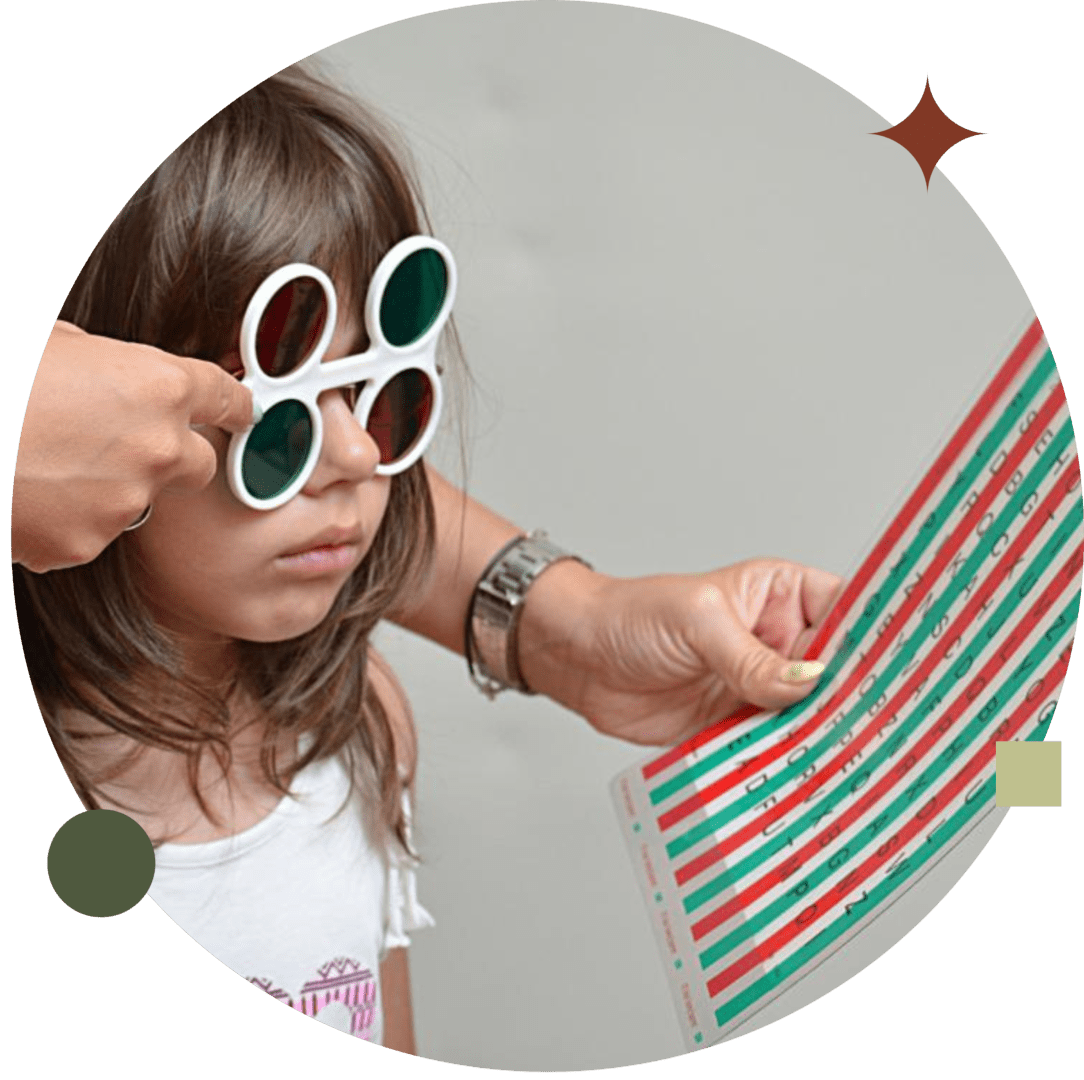Carolyn LoBocchiaro, O.D. Optometric Physician Diplomate, American Board of Optometry
New Jersey’s Trusted Optometric Physician
“There’s More to an Eye Exam Than Just Reading the Chart.”
VISION THERAPY
What Is Vision Therapy?
Vision therapy is a type of physical therapy for the eyes and the brain. Some visual conditions, such as lazy eye (amblyopia), double vision, eye teaming problems, and some reading and learning disabilities, cannot be corrected with glasses or patching.
In these cases, vision therapy is often the most appropriate and effective treatment.

More Than Just Eye Exercises
During a Vision Therapy program, various types of treatment devices are used, such as:
- Lenses
- Prisms
- Occluders or Patches
- Optical Filters
- Electronic Targets with Timing Mechanisms
- Computer Software
- Vestibular (Balance) Equipment
- Visual-Motor-Sensory Integration Training Devices
Each of these devices is aimed at addressing specific vision problems like focusing deficiencies and hand-eye coordination issues. They should not be confused with any self-help programs or eye exercises marketed to the public.
Removing Ocular Interferences to Learning
Although vision therapy is not a direct treatment for learning disabilities, it is specifically directed toward resolving visual and/or perceptual problems which interfere with reading and learning.
Suppose the eyes are unable to work efficiently as a team and a person is struggling to see things clearly and comfortably. In that case, it becomes challenging to comprehend the learning material.
Oftentimes, this leads to poor academic performance or a misdiagnosis of an attention problem.
How Does Our Vision Therapy Program Work?
Our vision therapy program is a 3 to 4-month individualized and progressive program of vision “exercises” which is performed under the supervision of a doctor.
It includes weekly 25-minute, in-office sessions and is supplemented by short “home reinforcement” exercises between office visits.
During the final stages of the program, the patient's newly acquired visual skills are reinforced and made automatic through repetition and by integrating them with motor and cognitive tasks.
